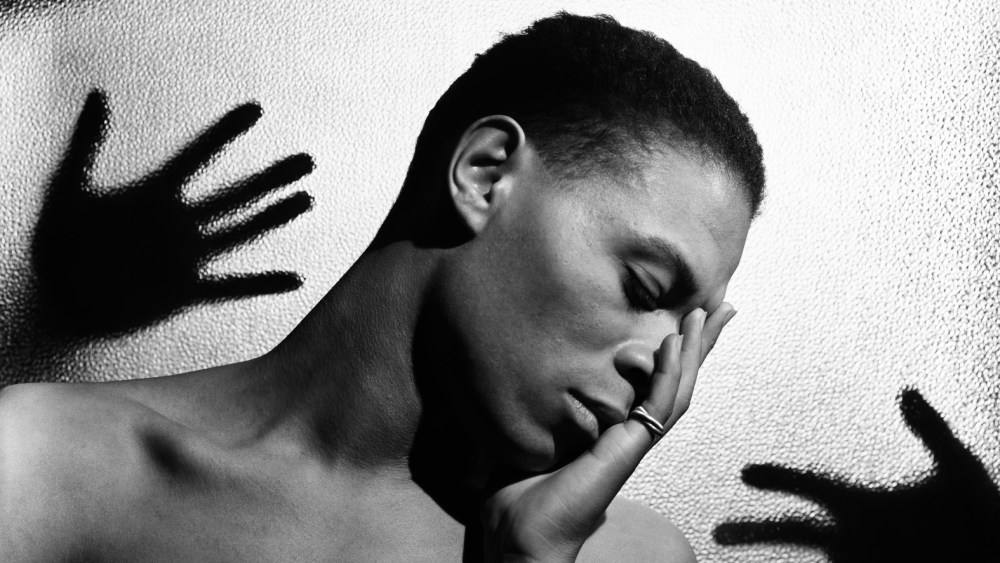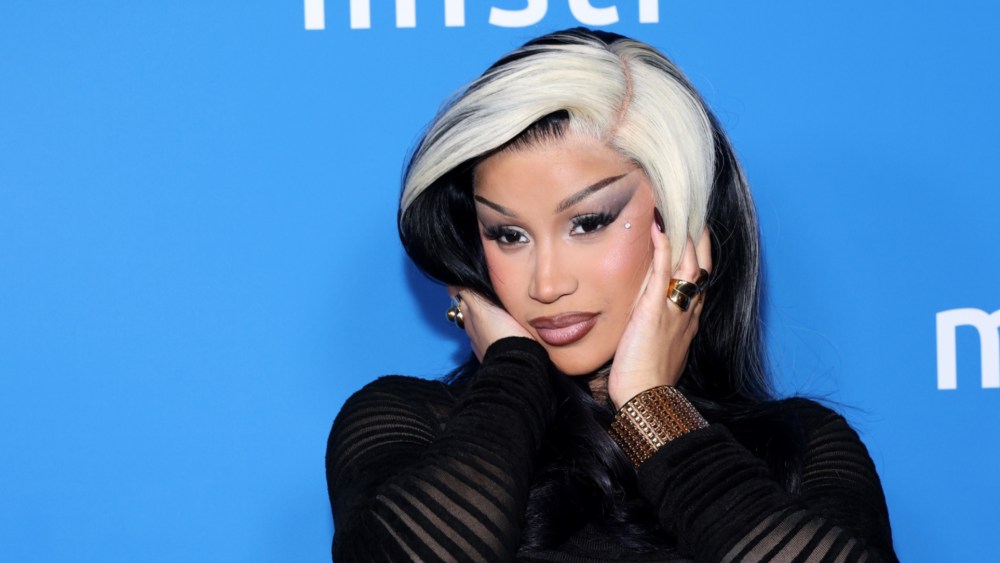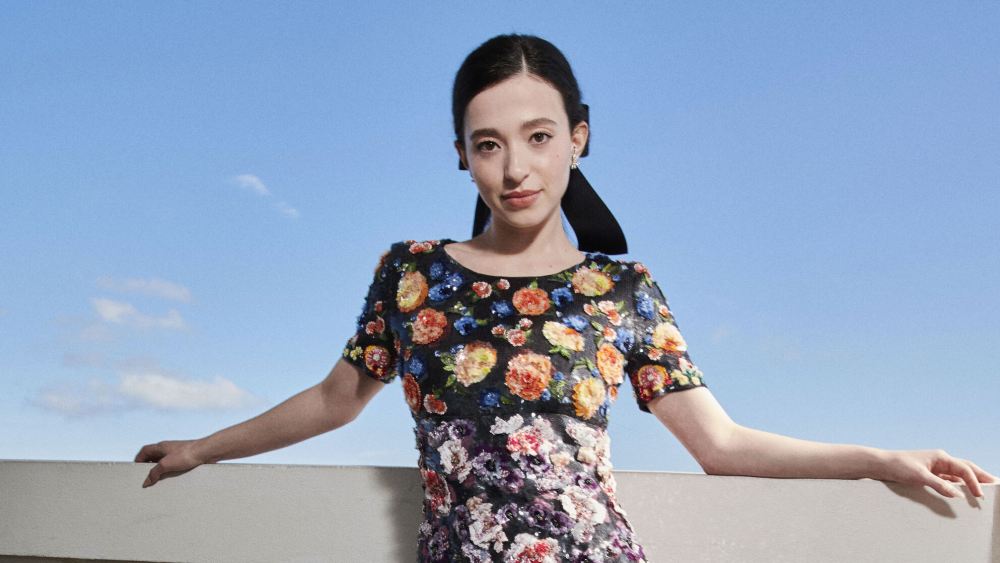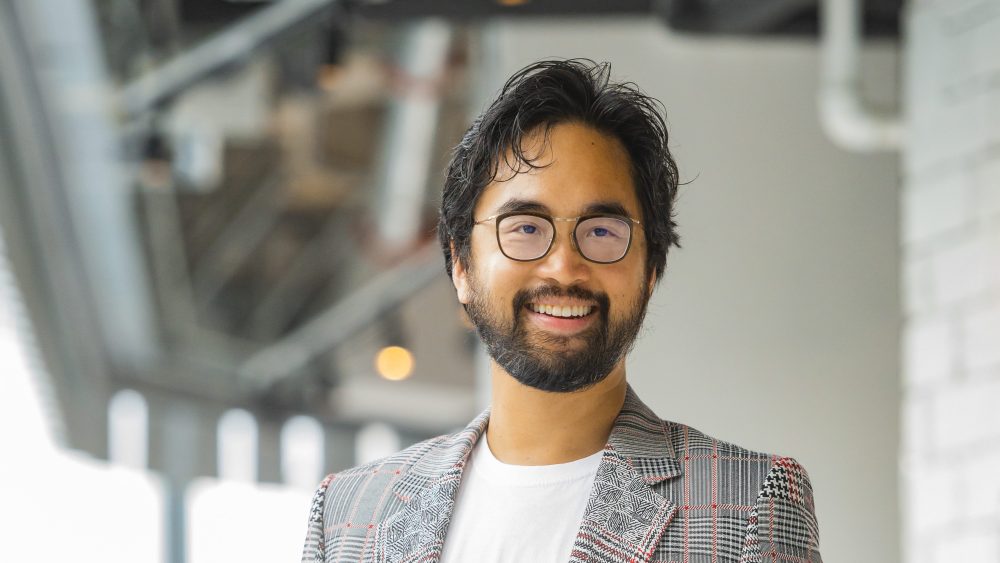“George who?”
Despite being an established fashion photographer and artist, the late George Platt Lynes has been largely unheralded. Now first-time filmmaker Sam Shahid is trying to answer that question with Friday’s debut of the documentary “Hidden Master: The Legacy of George Platt Lynes.”
Shahid, creative director, president and principal of Shahid/Kraus & Company, will be at the Quad Cinema for Friday’s New York premiere and a Q&A. The film will also be shown at Landmark’s Nuart Theatre in Los Angeles, as well as streaming via Apple and Prime.
Lynes, who died in 1955 at the age of 48, photographed fashion, celebrities and male nudes, with his strongest imagery resonating in the ’30s and ’40s. Katharine Hepburn and Diana Vreeland were a few of the notables he shot. His artistic tendencies were near inherent, having lived amid creatives Gertrude Stein, Alice B. Toklas and Man Ray in Paris’ freewheeling late 1920s and early 1930s.
Although the documentary was more than a decade in the making, Shahid first caught sight of Lynes’ work in the 1980s. Already familiar with his work when Rizzoli asked him to design a book about the photographer in 2013, Shahid quickly agreed. Research for that project of Lynes’ photos that belong to the Kinsey Institute left Shahid so floored that he was determined to see to it that more people would know about the photographer’s work and life.
The self-taught Lynes initially wanted to be a writer and traveled to Europe on his family’s dime, where he befriended Stein, Toklas, Man Ray, Jean Cocteau, Glenway Westcott and Monroe Wheeler and others. A Yale University dropout after one semester, Lynes’ literary ambitions were quashed by Westcott and Wheeler, who questioned his capabilities and suggested he consider photography as an alternative. The pair had given their paramour a camera for vacations and recognized his potential, according to Shahid.
At one point having opened a bookstore in his home state of New Jersey, Lynes started taking portraits to hang on the walls. As for what made him a natural behind the camera, Shahid couldn’t say for certain other than he enjoyed shooting snapshots overseas and that interest evolved into a profession. Having shown “Hidden Master” in 30-plus film festivals, Shahid said inevitably at every post-screening Q&A someone would ask, “Why haven’t we heard of this man?”
That only reinforced why Shahid did the film initially. Another recurring question has been why Lynes’ photos have not been spotlighted in a major museum exhibition. While Shahid said museums in Paris, Los Angeles and San Francisco are interested in doing retrospectives, the tie-up is that the Frederick Koch Foundation and the Kinsey Institute own the majority of Lynes’ work. “It’s in their hands, if they would release the material to a museum,” Shahid said.
Although Shahid knew some of the lensman’s work, he was not knowledgeable about his life. Once he learned about Lynes’ back story and started editing the photographs for the book, he said he was just blown away. Even Bruce Weber, a collector of Lynes’ work, was amazed by some of the never-before-seen images, Shahid said. Determined to make Lynes more known publicly, Shahid decided to do a documentary, due partially to his influence on photographers like the late Herb Ritts, Weber and Robert Mapplethorpe, among others. Comparing Lynes’ talent to Man Ray and Jean Cocteau, the filmmaker also found his social circle to be compelling, including one of his lovers, Monroe Wheeler, one of the founders of the Museum of Modern Art.
Lynes’ work was featured in MoMA’s first photography show, “Sixty Photographs: A Survey of Esthetics,” in 1940. Even though he did plenty of fashion and celebrity photography, he really loved the male nudes that he had done. To safeguard that legacy, later in life he destroyed a lot of his fashion and celebrity shots and donated thousands of images to the Kinsey Institute. Lynes had the wherewithal to know that after his death, the nude photographs would have been destroyed, due to the social constrictions of that time.
Through Wheeler and the writer Glenway Wescott, with whom Lynes had a three-way relationship for 20 years, Lynes was introduced to the Kinsey Institute. “It’s not that they didn’t have other affairs. Let me tell you, they did. It seemed to be that threesomes were common with gay men of that generation,” Shahid said.
The Kinsey Institute was quick to accept Lynes’ offer in the 1950s of his male nude images. The photographer not only needed the money but he was safeguarding his legacy, as well as what he considered to be the strongest element of his portfolio. Shahid explained. “In those days, it was illegal to be photographing male nudes and you couldn’t transport them across state borders.”
Despite those social norms, Lynes had shared his images with Wheeler and Westcott, as well as friends like artist Paul Cadmus and the New York City Ballet’s cofounder Lincoln Kirstein. The latter collaborated with Lynes, while his NYCB cofounder and founding choreographer George Balanchine was also an admirer. Ditto for the late philanthropist Frederick Koch, whose collection of Lynes’ work including male nudes dating back to the 1930s was reviewed by Shahid.
More than anything, Shahid said he has been struck by how beautiful Lynes’ life was. “He was an artist. He really had great taste and sensitivity. He really didn’t like pornography,” he said. “Not only was he physically beautiful, but it shows in his work. He left us with an incredible gift — the beauty of man.”
After parting ways with Westcott and Wheeler, Lynes fell in and out of love with various men, including a young one, whom he had hoped to marry. Shahid said that Lynes told the young man’s sister just that and showed her the ring. “Now this was in the ’40s. No one had thought that could ever be a possibility. She sort of laughed, and said, ‘You’ve got to be kidding me.’”
Years after he had worked for Condé Nast, Lynes fell out of favor in the fashion industry. An unsuccessful stint in Los Angeles heading up Vogue’s West Coast studio was one reason. During that period, Richard Avedon took over Lynes’ former studio in Manhattan.
Returning to Manhattan in 1948, Lynes later filed for bankruptcy, sold many of his belongings and moved into his brother Russell’s uptown townhouse. “I’ve seen photographs that he took after he came back from L.A. There are some great images, but there weren’t a lot,” Shahid said. “Then he got very sick with cancer.”
More than anything, Shahid would like “Hidden Master” viewers to not forget Lynes, acknowledge his importance in the field of photography and to want to see his work. “Having a major museum make that happen is what I want to see happen,” he added.



